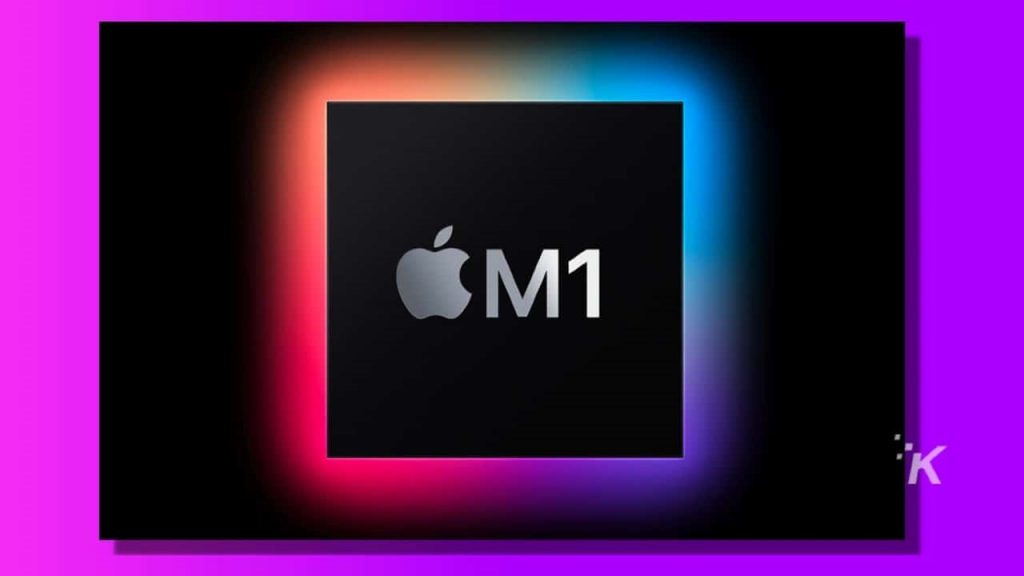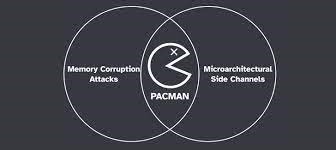
A new hardware attack known as PACMAN has been shown against Apple’s M1 processor chipsets, potentially allowing a destructive actor to get arbitrary code execution on macOS machines.
In a new study, MIT scientists Joseph Ravichandran, Weon Taek Na, Jay Lang, and Mengjia Yan describe how they used “speculative execution attacks to circumvent a key memory protection mechanism, ARM Pointer Authentication, a security feature that is deployed to implement pointer integrity.”
What’s more, “memory corruption problems can be addressed when the hardware procedures used by PACMAN cannot be patched using software programme capabilities,” the researchers stated.
The flaw stems from pointer authentication codes (PACs), a line of security established in the arm64e architecture that seeks to identify and secure against unplanned changes to tips (objects that keep a memory address) in memory. Memory corruption vulnerabilities, which are commonly exploited by overwriting command data in memory (i.e., pointers) to divert code execution to an arbitrary region controlled by the attacker, are a widespread concern in computer programme security.
PACs are designed to determine the “validity of pointers with negligible measurement and performance impact,” effectively preventing an adversary from creating valid tips for use in an exploit. Procedures like Deal with Area Format Randomization (ASLR) have been devised to raise the problem of undertaking buffer overflow attacks. This is accomplished by securing the integrity of a pointer with a cryptographic hash known as a Pointer Authentication Code (PAC). PACs are defined as follows by Apple:
Before saving a pointer, a specific CPU instruction is presented that adds a cryptographic signature — or PAC — to the unused high-get bits of the pointer. After retrieving the pointer from memory, another instruction removes and authenticates the signature. Any modification to the preserved benefit relating to the publish and read renders the signature void. When the CPU detects memory corruption, it sets a substantial-order bit in the pointer, rendering the pointer invalid and causing the application to crash.

PACMAN, on the other hand, “removes the main barrier to undertaking management-movement hijacking assaults on a system protected by pointer authentication.” To get around the security feature, it combines memory corruption and speculative execution, leaking “PAC verification findings via microarchitectural aspect channels without causing any crashes.”
In a short, the attack mechanism makes it possible to tell the difference between a good PAC and a bad hash, allowing a bad actor to “brute-drive the right PAC price while suppressing crashes and design a management-movement hijacking assault against a PA-enabled sufferer method or functional programme.”
Crash avoidance, on the other hand, succeeds because each and every PAC advantage is speculatively estimated utilising a Prime+Probe attack on a timing-centered facet channel via the translation seem-aside buffer (TLB). Out-of-purchase execution, which is used to improve overall speed in modern microprocessors by projecting the most likely path of a program’s execution movement, is weaponized by speculative execution vulnerabilities, as seen in the cases of Spectre and Meltdown.
However, it’s worth noting that the threat product assumes that a victim application (kernel) already has an exploitable memory corruption vulnerability, which allows an unprivileged attacker (a malicious software) to inject rogue code into particular memory locations in the victim system.
“This attack has vast ramifications for the security of possible control-circulation integrity primitives, and has substantial implications for designers wanting to put into action long run processors that contain pointer authentication,” the scientists stated.





